Have you ever wondered how it’s possible to fit a kitchen, toilet, refrigerator, power system, and freshwater, furnace, and so much more onto the back of a truck without it towering over the cab? Well, Skinny Guy Campers has cracked the code.
When I first laid eyes on a Skinny Guy Camper, I was blown away by what they had achieved. Intrigued by their ingenuity, I tested their Kit ’N Kaboodle 6.5 model. (Models are based on bed size, and Trims are what the camper is equipped with).
Over the past few months, I’ve embarked on numerous camping trips, living out of this remarkable camper. From spending a week and a half in it in May to nearly three weeks in July, I couldn’t be more thrilled with my experiences.
And it doesn’t stop there – I have several other exciting trips planned for the year, exploring a variety of conditions.
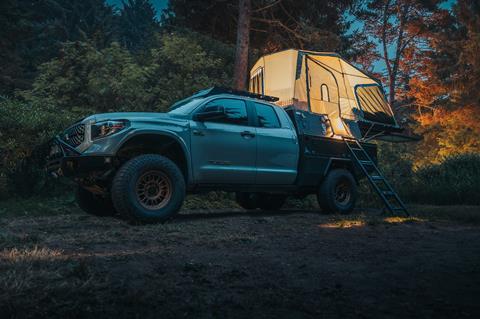
What sets Skinny Guy apart from the sea of truck campers flooding the overland market? Well, for starters, these campers sit at cab height when closed, making them a fantastic option for those with limited garage space.
Even their lowest trim level, The Skin ’N Bones, comes packed with more features than most bed campers/canopies on the market.
But here’s the real kicker: Skinny Guy campers are designed for upgradability. If you start with the Skin ’N Bones, all the interior cabinets are predrilled and ready for any upgrades you may desire.
Standout Features
One thing I like about these campers is the proprietary jack system, allowing you to remove the camper from the back of your truck with ease. Finally, you can reclaim your truck bed whenever you need it. Whether you have a 5-foot or 8-foot bed, Skinny Guy has got you covered.
They’ve even partnered with XVenture Trailers to unveil a trailer option at Expo PNW, catering to SUV owners and those that would rather camp with a trailer.
One of the best features of the Skinny Guy Camper is that it sits at cab height when closed, ensuring both discretion and enhanced aerodynamics. However, when you unfold it, you’re greeted with a complete living experience on your truck bed.
While it may require more time to set up than a pop-up camper, the additional living space and amenities make up for it. Everything about this camper is designed for easy setup, even for a solo adventurer.
One of my personal favorites is the Truma Combi Eco heater. Not only can it provide hot water for a refreshing shower, but it can also keep you toasty warm with its furnace capability. During a frosty evening on a late fall trip, two of us sat inside the camper and stayed warm thanks to the heater.
The propane tank on the back compartment is multipurpose, running the heater and providing propane for the stove, and with a simple attachment you can use the propane for any camp stove and cook on a tailgate or table outside.
The solar paired with the Redarc system helps manage all the power systems within the camper, keeping everything from your refrigerator to lights and the furnace powered.
Trade-Offs
Every product has its trade-offs; the most common critique I’ve heard about this camper is its setup process. Some may find it a bit more involved than they prefer, requiring more effort, but the extra amenities make all the difference. Another potential drawback is the storage capacity.
If you’re a small family and can’t rely on your truck’s cab for luggage storage, you have some space within the camper, but the majority of storage is just under the camper. While some opt for drawer systems, they do eat up space.
The most effective setup I’ve come across is a cargo slide, allowing you to pack watertight boxes and bags while maintaining easy access to your belongings. As for me, I had ample storage with a bed replacement on the truck I used, but it’s something to consider based on your individual needs.
Lastly, I found the included mattress a tad firm. Although it works for back sleepers, side sleepers may feel the bed’s bottom. I invested in a small inflatable mattress for my extended travels to alleviate this. Fortunately, the owner of Skinny Guy Campers mentioned they are working on new mattress options, so stay tuned.
My last issue was that while there is room in the camper, currently there are no window or door awnings. So if you get stuck in a hard rain storm and have everything closed up, it can feel a bit claustrophobic. If even one of the windows had a awning, or plastic cover, you could see the outside and not feel so confined.
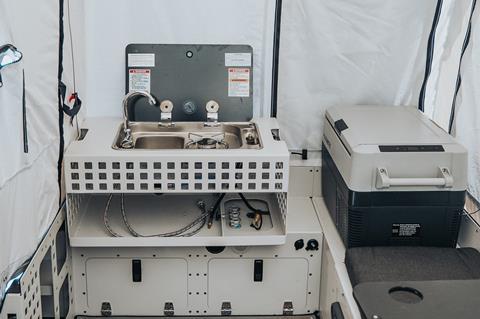
A Good Fit
So, who would benefit most from the Skinny Guy Camper? This camper truly shines when you need to go off-grid for extended periods. With a generous 36-gallon fresh water capacity in the 6.5 model (smaller bed sizes carry 12-gallon tanks), heating, a flushing toilet, and solar power, it has everything you need to sustain yourself comfortably.
Hunters and overlanders seeking solace away from civilization would find this camper an exceptional option.
Furthermore, small families with a minimalist travel style can benefit greatly, as the benches can double as beds for little ones, and the convenience of a toilet during late-night bathroom trips is undeniable.
Ultimately, it all boils down to your preferred style of travel. Skinny Guy should undoubtedly be at the top of your list if you’re seeking a camper that offers more amenities than your standard rooftop tent or canopy camper.
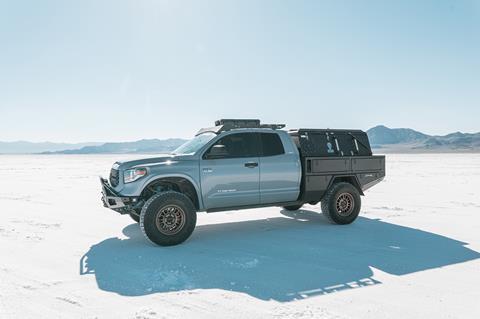
Final Thoughts
In conclusion, Skinny Guy Campers has created a camper that blends innovation, practicality, and adventure seamlessly. By tackling the challenge of fitting many features onto the back of a truck while maintaining a sleek profile, they have truly redefined the camping experience.
With their camper’s upgradability, ingenious jack system, and expansion into trailers, Skinny Guy is pushing the boundaries of what’s possible in the world of outdoor exploration. Skinny Guy Campers starts at $15,500, and trims increase from there.
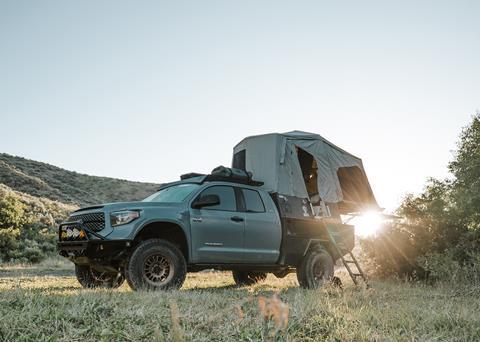
Skinny Guy Campers: skinnyguycampers.com
Access More Great Stories!
This article originally appeared in OVR Issue 05. For more informative articles like this, consider subscribing to OVR Magazine in print or digital versions here. You can also find the print edition of OVR at your local newsstand by using our Magazine Finder.



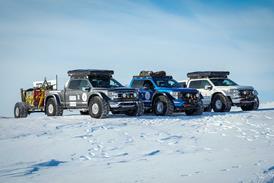

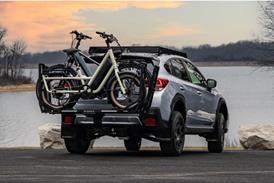

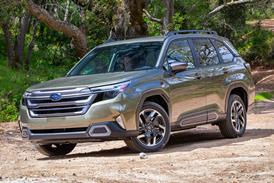



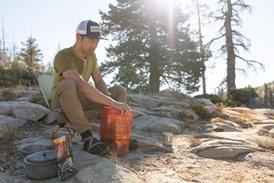
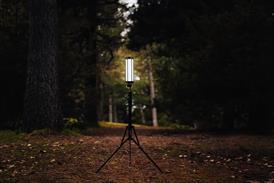
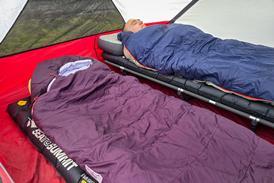
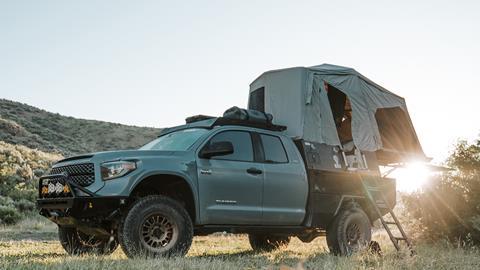
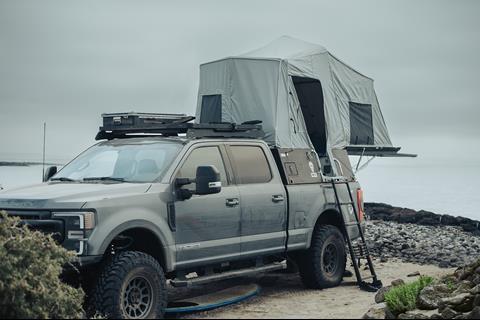
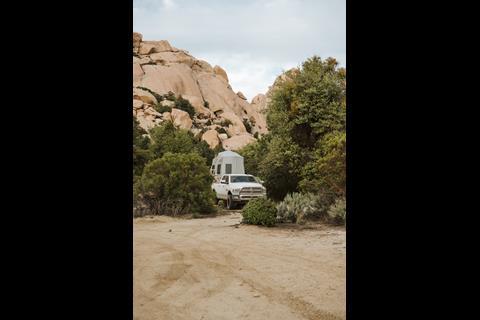
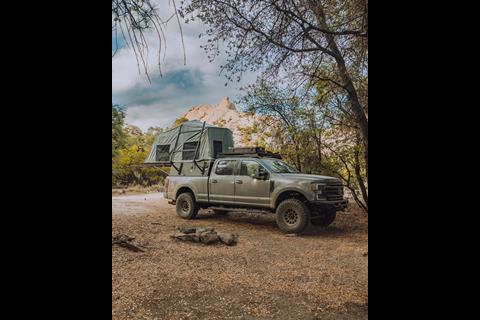
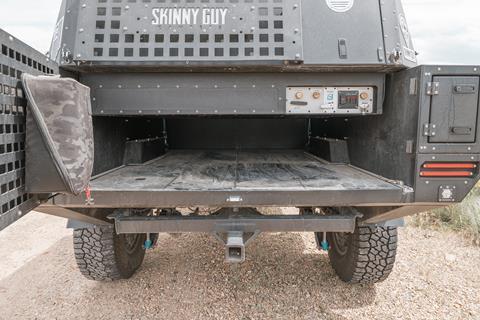
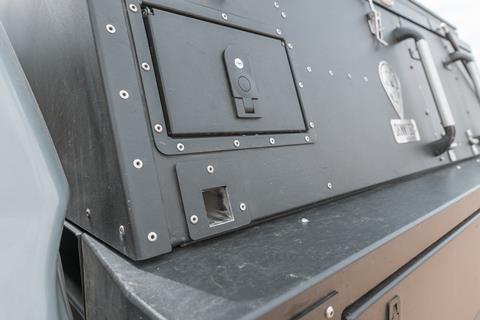
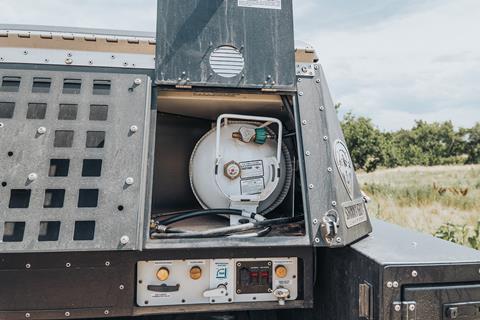
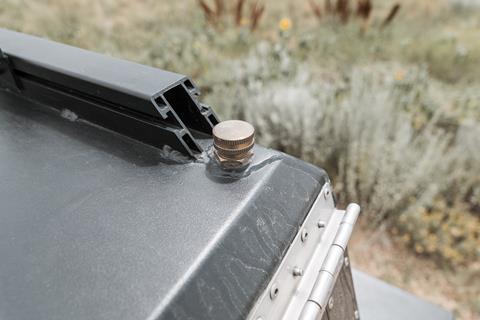
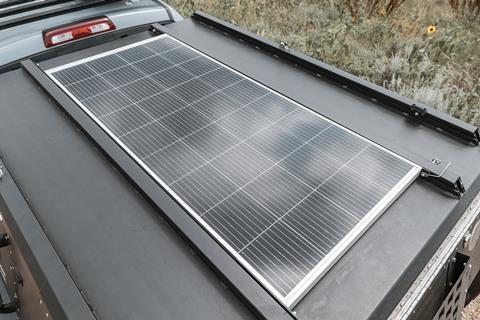
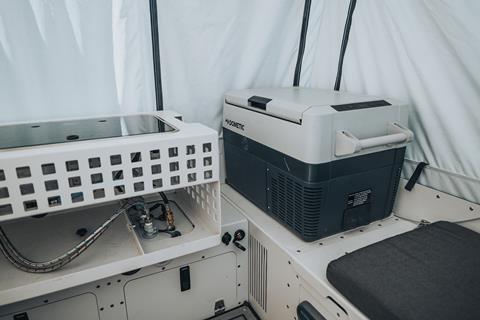
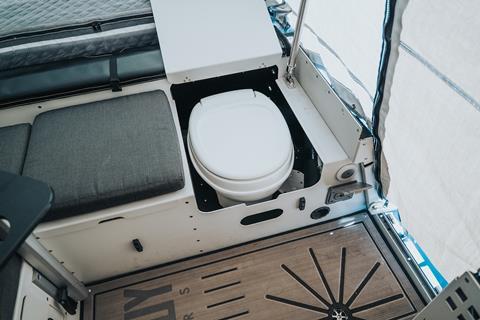
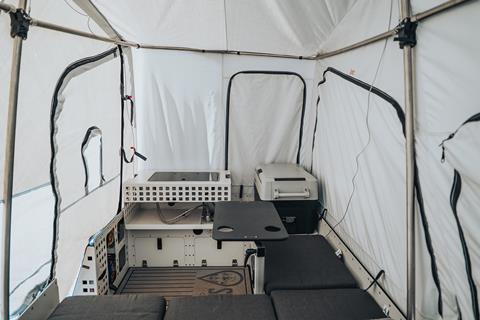
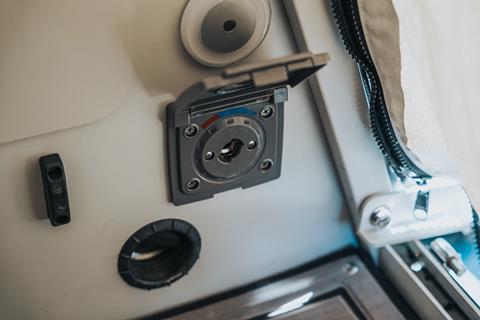
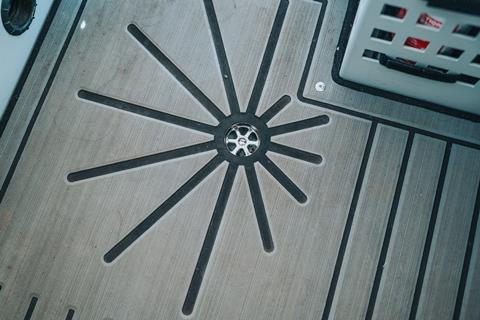
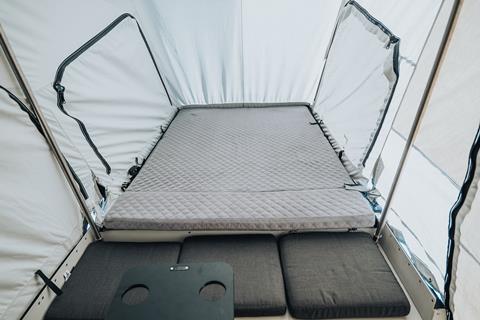
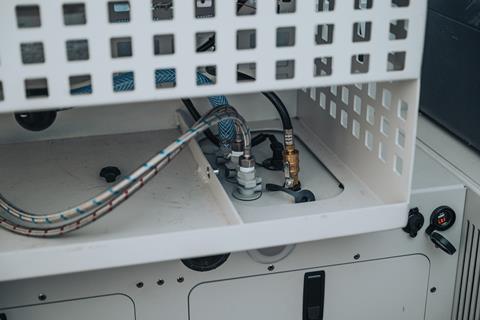
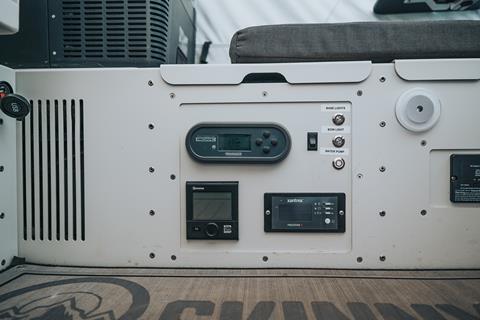






No comments yet